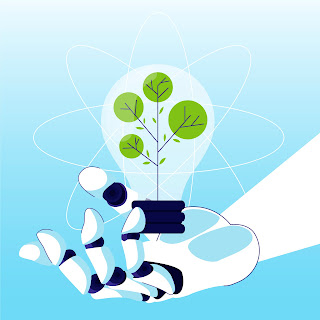
Introduction
Google, one of the world's largest and most influential technology companies, recently announced a series of workforce reductions. This move has sent shockwaves through the industry, leading to speculation about the company's future and the reasons behind these layoffs. In this article, we will delve deeper into the Google layoffs, exploring the factors contributing to this decision, the potential impact on the company, and the implications for its employees and the tech sector as a whole.Understanding the Rationale
The decision to implement layoffs at Google is not an isolated incident but rather a strategic response to various internal and external factors. The primary driver behind these reductions is often the need to streamline operations and optimize efficiency. Companies, even tech giants like Google, sometimes find it necessary to reevaluate their workforce and align it with evolving business priorities and market conditions.
In Google's case, factors such as changing market dynamics, shifts in consumer preferences, and increased competition have likely played a role in the decision-making process. Additionally, advancements in automation and artificial intelligence (AI) have led to the automation of certain tasks, rendering some job roles redundant.
Impact on Google and the Tech Sector
While the news of layoffs can be unsettling for both employees and the industry at large, it is crucial to understand the potential impacts. For Google, the workforce reductions can result in immediate cost savings and improved operational efficiency. By eliminating roles that are no longer necessary or duplicative, the company can reallocate resources to focus on strategic initiatives and emerging areas of growth.
However, layoffs can also have unintended consequences, including negative effects on employee morale and productivity. Moreover, a significant reduction in workforce size may lead to talent drain, with skilled employees seeking opportunities elsewhere. This talent exodus could impact the company's ability to innovate and compete effectively, especially in a rapidly evolving tech landscape.
Furthermore, layoffs at a prominent company like Google can send shockwaves through the tech sector, raising concerns about the overall health of the industry. This can lead to a ripple effect, with other companies adopting similar cost-cutting measures, potentially resulting in a broader impact on employment in the technology sector.
Employee Support and Transition
Google recognizes the impact of layoffs on its employees and typically provides comprehensive support during the transition process. This support often includes outplacement services, career counseling, retraining opportunities, and assistance in finding new employment. The company aims to minimize the disruption and help affected employees navigate their career paths successfully.
Additionally, Google's vast network and industry reputation can serve as a valuable resource for employees seeking new opportunities. Many individuals who have worked at Google possess highly sought-after skills and experience, making them attractive to other employers.
Conclusion
The recent layoffs at Google reflect a broader trend in the tech industry, where companies must adapt to changing market dynamics and optimize their operations. While these reductions can result in immediate cost savings for the company, they also raise concerns about talent retention, innovation, and the overall health of the tech sector. Google's commitment to supporting its employees through the transition process is commendable and underscores the company's recognition of the importance of maintaining a positive employer brand. As the tech industry continues to evolve, it is crucial for companies to strike a balance between operational efficiency and employee well-being.



